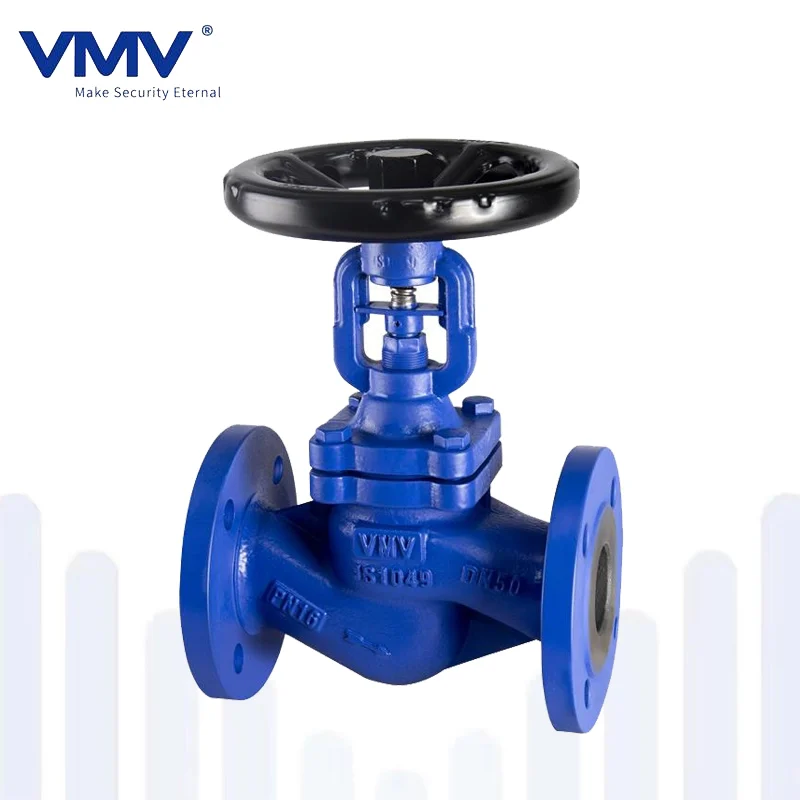Bellow seal valves achieve sealing through the elastic deformation of the bellows, effectively preventing media leakage and ensuring system safety. bellow seal valves feature a simple, compact structure, precise component fit, corrosion resistance, long service life, and low maintenance costs. They are widely used in industries such as petroleum, chemical, power generation, metallurgy, and pharmaceuticals, performing particularly well in harsh environments such as high pressure, high temperature, and corrosive media.

The severity of bellows seal valve leakage cannot be ignored, especially when dealing with high-risk media or critical operating conditions. So, how can we determine whether a bellow seal valve is leaking, and if so, how can we address it? Let’s discuss this in detail.
Signs of bellows seal valve Leaks
1. Visible or Audible Signs of Leaks
If you notice droplets, moisture, or crystals on the valve surface or joints, or if you see a “white mist” or airflow disturbances around the leak point, you may be aware of a valve leak.
2. Abnormal Sound and Vibration
Gas/steam leaks may produce a high-frequency hissing or whistling sound. High-pressure liquid leaks may be accompanied by a “jetting” sound or increased valve vibration (especially if the bellows is ruptured). If you hear these sounds, you need to inspect the bellows seal valve closely.
3. Abnormal System Parameters
The pressure in the pipeline or vessel continues to drop; the flow meter readings increase or decrease abnormally even though the valve opening is not adjusted; steam or high-temperature media leakage may cause an abnormal increase in the local pipe/valve surface temperature. These values can provide a visual indication of whether the bellow seal valve is leaking.

Repair Methods for bellows seal valve Leaks
External Leakage Repair
Leaks in the center flange: If leakage occurs, tighten the center flange bolts first. If leakage persists, open the center flange and inspect the center flange gasket for damage. If damaged, replace it immediately.
Leaks in the packing: Tighten the packing gland. If the packing is loose, add new packing. If the valve body is leaking, welding can be used at low pressures, but welding is dangerous at high pressures and should not be used.
Leaks in the gland: Open the gland, add or replace the packing, and then tighten the gland.
Internal Leak Repair
Sealing Surface Damage: Damaged valve seat seals require re-grinding. Valve core damage, whether caused by erosion or impact from the medium, requires re-welding of the sealing surface.
Hard Object Stuck: If a hard object is stuck in the valve core and causing internal leakage, open and close the valve repeatedly to flush out the object. If the problem persists or there are other issues with the valve itself, replace the valve.
Leak Prevention Methods
Regular Maintenance
Cleaning the Valve: Regularly clean the valve surface and interior to prevent dust and impurities from entering the sealing area.
Inspecting Seals: Regularly inspect the condition of seals such as packing and gaskets, and replace them promptly if any signs of aging or damage are detected. Inspect the bellows for cracks, deformation, or corrosion.
Lubrication and Maintenance: Regularly lubricate the valve stem and transmission components to reduce friction and extend service life.
Proper Operation
Avoid Excessive Opening and Closing: Operate the valve smoothly and avoid rapid or excessive opening and closing to prevent damage to the bellows and seals.
Controlling Media Parameters: Ensure that the media temperature and pressure are within the valve’s tolerances to avoid overheating or overpressure. For media containing solid particles or impurities, a filter should be installed to prevent damage to the sealing surface.
If you purchased your bellows seal valve from Newton, you don’t have to worry about leaks. Newton valves are not only of guaranteed quality, but if you have any problems, please contact us and we will resolve them as quickly as possible.

